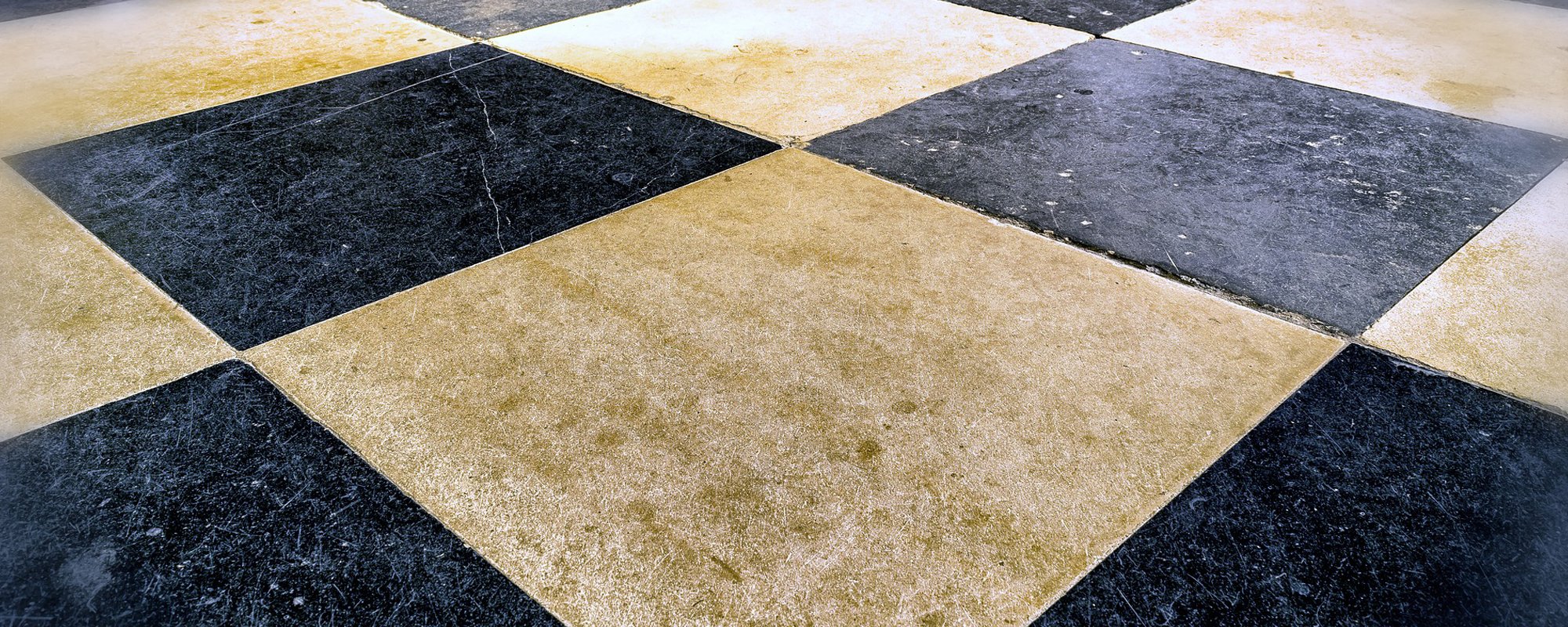
STOP!
Are you sure you want to leave our website?
We are sorry to see you go but before you do, can we help you?
Local to you Contact us now on 01760 337762
Book a clean
Fill in our online form and request a callback for an appointment from us.

Tiled floors require regular maintenance to keep them looking and smelling fresh and clean. Sweeping and vacuuming your tiled floors regularly will help to keep them from getting dull and murky. Tiles may be more resistant to dirt than your carpets, but sand and grit can dull the glazed surfaces of your tiles.

Bronze
Our entry-level cleaning process where will provide a deep cleaning service to your carpets (or upholstery).

Silver
The same service as our bronze service plus an added protection or sanitising solution is applied after cleaning. This helps to keep your carpet or upholstery cleaner for longer.

Gold
The same deep clean as our bronze and silver services with the added benefit of an additional protection and sanitising solution, ideal for households with small children and pets.

Platinum
The same deep clean as our bronze, silver and gold services with the added benefit of an anti-allergy protection to help aid people with health issues such as asthma.
Keeping your tiled floor may not be as difficult as you might think. Cleaning your tiled floor can be done with mild detergent and clean water. Using a rag or chamois-type mop rather than a sponge mop is more beneficial. Sponge mops are more likely to push dirty water into the grout lines of your tiles which makes them harder to clean. Make sure to change the water you are using frequently while mopping; dirty water equals a cloudy floor. You may well have to change the water a few times on a floor so that you're not continuously using dirty water on the floor. This only ever leads to a dirty floor.
Making sure you are cleaning your floor with clean water and the right fluid seems sensible right? Choose the wrong cleaning fluid for your tiled floor and they can look hazy. This can be caused by soapy residue. You can usually remove the film with a nonabrasive all-purpose cleaner. Make sure you rinse thoroughly with clean water and buff dry with a clean lint-free cloth. A top tip from us here at Xtraclean is to be kind to your knees when drying a tiled floor. Dry your tiled floor the easy way by using your foot to slide a cloth over the floor.
The key to a great-looking tiled floor is clean grout. Tiles come in a variety of finishes and most provide a barrier from day-to-day activities. Grout on the other hand is porous and absorbs grease and other stains. You can scrub the grout with a stiff nylon brush (don't be tempted to use a metal brush as this will damage the grout). You can make a paste of baking soda and water and apply this to help clean your tile grout. Mix 3 parts of baking soda to 1 part water to make a thick paste. This versatile cleaner will work with all colours of grout. Beware though that vinegar can be harmful to some natural stones such as marble or limestone.
Tiles may look and feel tough, strong and impervious to harm, but they are far from easy maintenance. If you have a spot stain on your tile and you are trying to clean it yourself, always test your stain-removal technique on an inconspicuous spot of both tile and grout before attempting to clean the whole floor. A nonabrasive all-purpose cleaner should suffice in removing most stains. Try the following techniques for specific stains.
Dab the stain with hydrogen peroxide or diluted bleach.
Wash the stain with detergent and hot water, then blot with hydrogen peroxide or diluted bleach.
Place ice cubes in a resealable plastic bag and lay the bag over the material you want to remove from the tile. Once the material solidifies, remove as much of it as possible with a non-abrasive implement. Remove any remaining residue with nonflammable paint thinner.
Wash the stain with club soda and water or with a nonabrasive floor cleaner.
Soak a clean cloth with diluted bleach and lay it over the stain. Let the cloth stay in place until the stain disappears. Rinse well.
Scrub the iodine stain with diluted ammonia and rinse well.
Dissolve the nail polish stain with nail polish remover. If the stain remains, dab it with hydrogen peroxide or diluted bleach.
If your grout simply refuses to clean, you could attempt re-grouting the floor. This is a drastic option and one that you should only undertake if you have the confidence to do so.
If you have persistent stains in your tile grout that can’t be removed with a regular procedure, removal of grout from that particular area may be necessary. This can be done quickly and effectively by using a small grout remover, which can be bought from most DIY stores.
When the stained grout has been removed, there will be a space that needs to be filled. You can take a grout sample to one of your local stores and try to get the closest match. Once you have the material, pour the dry mixture into the cavity you have created. If the colour matches to your liking, vacuum the dry mixture out. Make a small batch of grout by following the directions provided on the box. Use a gloved finger to firmly apply the grout to the damaged area. Wipe the area with a clean and damp sponge.
If you have a tiled floor that requires cleaning, or has stubborn stains or marking that simply won't shift, why not contact Xtraclean today to find out how we can help restore your tiled floor to its former glory.